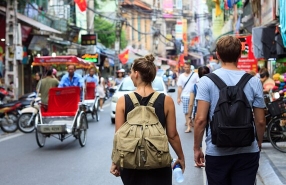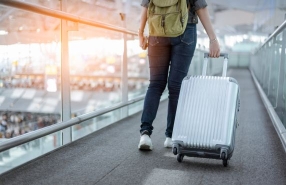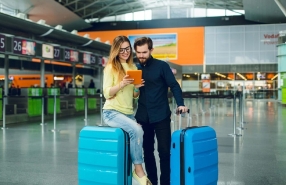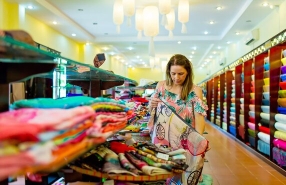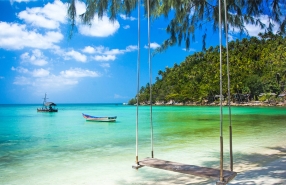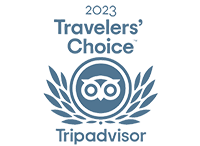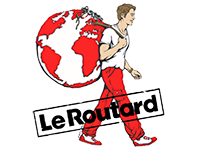Which Travel Spots To Avoid In Vietnam?

Which travel spots should be avoided in Vietnam? Vietnam attracts millions of travelers annually with its stunning landscapes, rich cultural heritage, and exquisite cuisine. However, not everything always goes according to plan. Like in any popular destination, some areas can lead to disappointing or frustrating experiences, from tourist traps to overcrowded or impersonal zones. To help you travel more smoothly, this guide focuses on travel spots to avoid in Vietnam with expert insights from Vietnam Travel Agency - Autour Asia, offering tips to identify common pitfalls and guide you toward more authentic and rewarding places.
Table of Contents
I. Why are some spots to avoid visiting in Vietnam?
A travel spot to avoid in Vietnam doesn’t necessarily mean danger, but rather places that are too touristy, poorly maintained, or lacking in authentic Vietnamese character. These can include noisy, overpriced, overcrowded areas or those known for frequent scams. Sometimes the infrastructure is lacking, or the environment has been damaged by uncontrolled mass tourism.
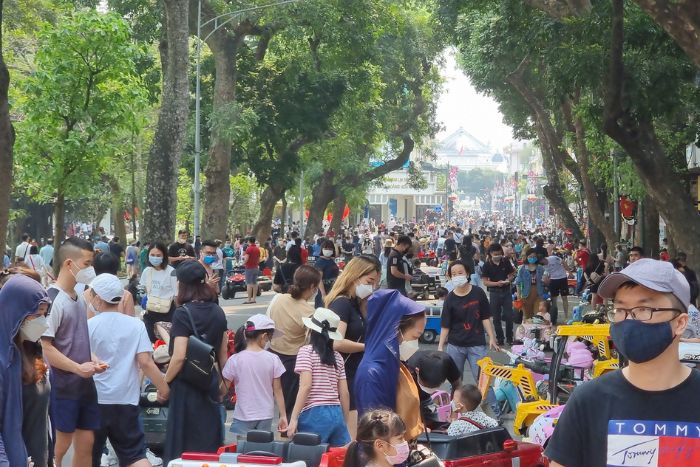
With the field expertise of Vietnam Travel Agency - Autour Asia, this guide aims to point out these travel spots to avoid in Vietnam so you can create a smoother and more enjoyable itinerary. Being aware of these areas helps you make the most of your stay by prioritizing genuine and enriching destinations.
II. Vietnam travel guide: which spots to avoid?
1. Travel spot to avoid in Hanoi
While the Old Quarter is a must-see for its colonial charm and lively alleys, it's advisable to be cautious of street vendors in this area. Many tourists have reported being charged ten times the normal price for simple snacks or fruit, especially foreigners.

Additionally, avoid booking accommodations in distant districts in Hanoi, like Gia Lam, Ha Dong, or My Dinh, as they are far from major attractions.
Central districts in Hanoi, like Hoan Kiem, Hai Ba Trung, Dong Da, Ba Dinh, or Tay Ho, are better choices, offering easier access to museums, lakes, and cultural landmarks.
2. Travel spot to avoid in Saigon - Ho Chi Minh City
While Ho Chi Minh City is vibrant and full of energy, not all areas are suitable for tourists. Outer districts like Binh Tan, Go Vap, District 12, and Tan Phu are travel spots to avoid in Vietnam due to their remoteness, limited transport options, and lack of cultural sites.
Avoid bus and train station areas such as Ben xe Mien Dong and Ga Sai Gon, which often have overpriced, unhygienic food and poor-quality souvenirs.

Bui Vien Street in District 1 is popular for nightlife but may not suit everyone due to frequent scams, pickpocketing, and overpriced drinks. For a more authentic experience, consider staying in Districts 3 or 5, where traditional markets and temples still thrive.
3. Travel spot to avoid in Hue
Hue, with its imperial past, attracts history and culture lovers. Yet, around the Citadel — one of the city’s busiest sites — you may encounter pushy street vendors, overpriced services, and insistent cyclo drivers. Some nearby restaurants charge more without offering better quality.
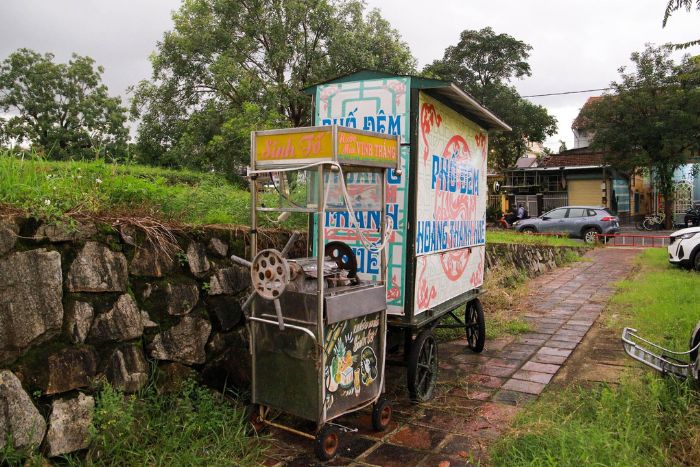
Still, Hue is worth visiting. For a more serene experience, take a walk along the Perfume River or explore nearby villages like Thuy Bieu, Thanh Toan, or Kim Long.
4. Travel spot to avoid in Da Nang
Though Da Nang is famed for its beaches, not all are safe. The Nam O Beach area in Lien Chieu District is a travel spot to avoid in Vietnam, especially for swimming. It has strong waves, unstable seabeds, and often lacks lifeguards.
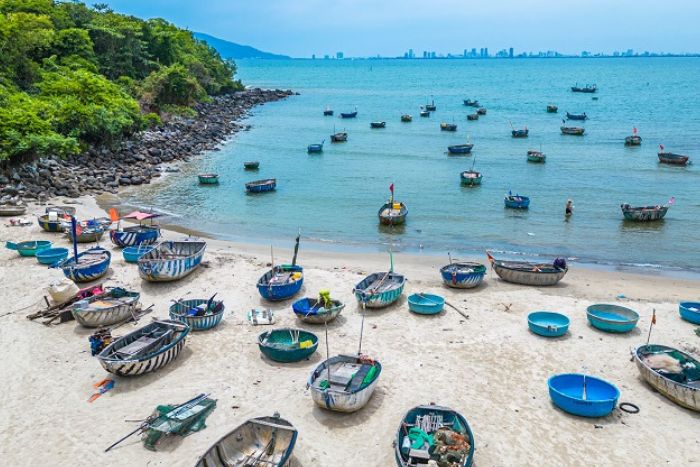
To enjoy safe beach time, stick to monitored areas like central My Khe Beach or head to Son Tra Peninsula for calm, well-managed coves.
5. Travel spot to avoid in the Mekong Delta
The Mekong Delta is rich in culture and scenic beauty, but some places are off-limits. Can Tho is home to the Military Zone 9 Command (11‑13 Cach Mang Thang 8 Street, Binh Thu Ward), and in Kien Giang Province lies the Naval Region 5 Command — both restricted for national security reasons.
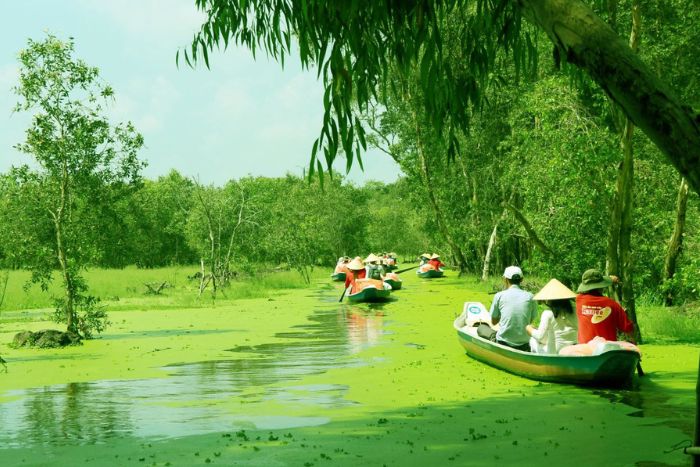
Despite these, the delta remains a fantastic destination. For an authentic experience, choose local tours by Vietnam Travel Agency - Autour Asia, offering small-group itineraries with homestays, boat rides, and cultural immersion.
6. Binh Ba and Binh Hung – Islands to avoid in Vietnam
Among the travel spots to avoid in Vietnam, Binh Ba and Binh Hung islands in Khanh Hoa Province stand out, not because of poor quality or overcrowding, but due to their proximity to strategic naval bases.
These islands are currently closed to tourism by official government order for reasons related to national security. Despite this clear restriction, some unauthorized travel agencies continue to offer tours to these destinations, often misleading curious or uninformed visitors.
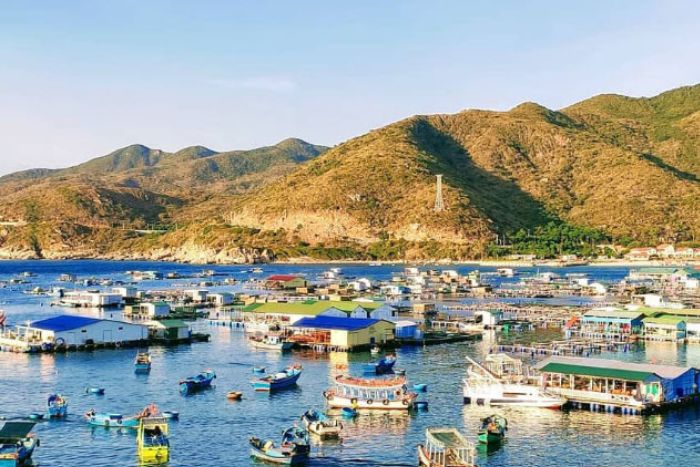
Tourists are strongly advised to avoid these islands to respect local regulations, ensure their own safety, and avoid disappointment. Attempting to visit Binh Ba or Binh Hung can result in denied access, fines, or worse—legal consequences. These actions also risk disrupting military operations and violating security laws.
Instead of choosing restricted areas, travelers can explore legal alternatives such as the untouched beaches of Quy Nhon or the peaceful coastline of Phu Yen, which offer equally breathtaking experiences.
For a reliable and well-organized trip, consult a trusted local expert like Vietnam Travel Agency - Autour Asia, which provides tailored itineraries that avoid restricted zones while maximizing cultural discovery and natural beauty.
III. Tips to avoid unpleasant surprises
Planning a trip to Vietnam can be amazing — if you avoid common pitfalls:
- Use trusted local agencies: Book with Vietnam Travel Agency - Autour Asia, specialists in cultural and custom-made tours that steer clear of tourist traps.
- Check recent reviews: Always consult recent feedback on hotels and tours from multiple platforms.
- Be wary of super low prices: Cheap tours often come with poor quality or hidden costs.
- Go off the beaten path: Vietnam’s lesser-known spots often provide the most authentic and enriching experiences.
.jpg)
Knowing each travel spot to avoid in Vietnam will help you steer clear of common tourist traps and make the most of your trip. By staying informed, seeking the right advice, and planning your itinerary wisely, you'll greatly increase your chances of enjoying a smooth, safe, and unforgettable journey. For personalized support, tailored cultural itineraries, and trusted local expertise, don’t hesitate to rely on Vietnam Travel Agency - Autour Asia, your ideal partner to experience Vietnam differently.
Le mois de novembre est une excellente période pour visiter la capitale vietnamienne. Les températures sont douces, oscillant entre 18 et 25°C, et les précipitations se font rares. Pour répondre à la question “Que faire à Hanoï en novembre”, privilégiez les balades autour du lac Hoan Kiem, les visites culturelles comme le Temple de la Littérature ou la Citadelle impériale, ainsi que les spectacles de marionnettes sur l’eau. C’est aussi le moment idéal pour explorer les marchés de rue, déguster un pho bien chaud ou encore partir en excursion à la campagne alentour, comme à Bat Trang ou Duong Lam. L’atmosphère y est agréable, les sites touristiques moins bondés, et la lumière idéale pour les photographes amateurs comme professionnels.
Spending 1 week in Mekong Delta allows travelers to immerse themselves in the unique world of the delta: lively floating markets, traditional boat rides through narrow canals, homestays, and tasting regional specialties. This southern region of Vietnam showcases an authentic river culture and a peaceful pace of life. To make the most of a week in the Mekong, it’s recommended to combine stops in Cai Be, Can Tho, Ben Tre, and Chau Doc, ideally with the help of a local guide or a specialized travel agency.
A travel spot to avoid in Vietnam is often recognizable by signs such as inflated prices, overly aggressive touts, recent negative reviews, or excessive tourist crowds. The atmosphere might be noisy, lacking in authenticity, or give a sense of insecurity. Getting advice from the Vietnam Travel Agency – Autour Asia is a great way to steer clear of these common traps.
Related travel guide
Other similar articles
CUSTOMIZABLE BY LOCAL EXPERTS
Personalized trip at the original price!
REFUND GUARANTEE
We believe in our work and promise to give you money back.
GOOD PRICE / QUALITY
95% satisfied more than expected!
24/7 LOCAL SUPPORT
We are always available online to provide assistance at any time.
Most read articles
Autour Asia is highly recommended on
Embracing the mission of "Satisfied more than expected" and providing authentic experiences, we have received numerous recommendations on reputable travel forums:












